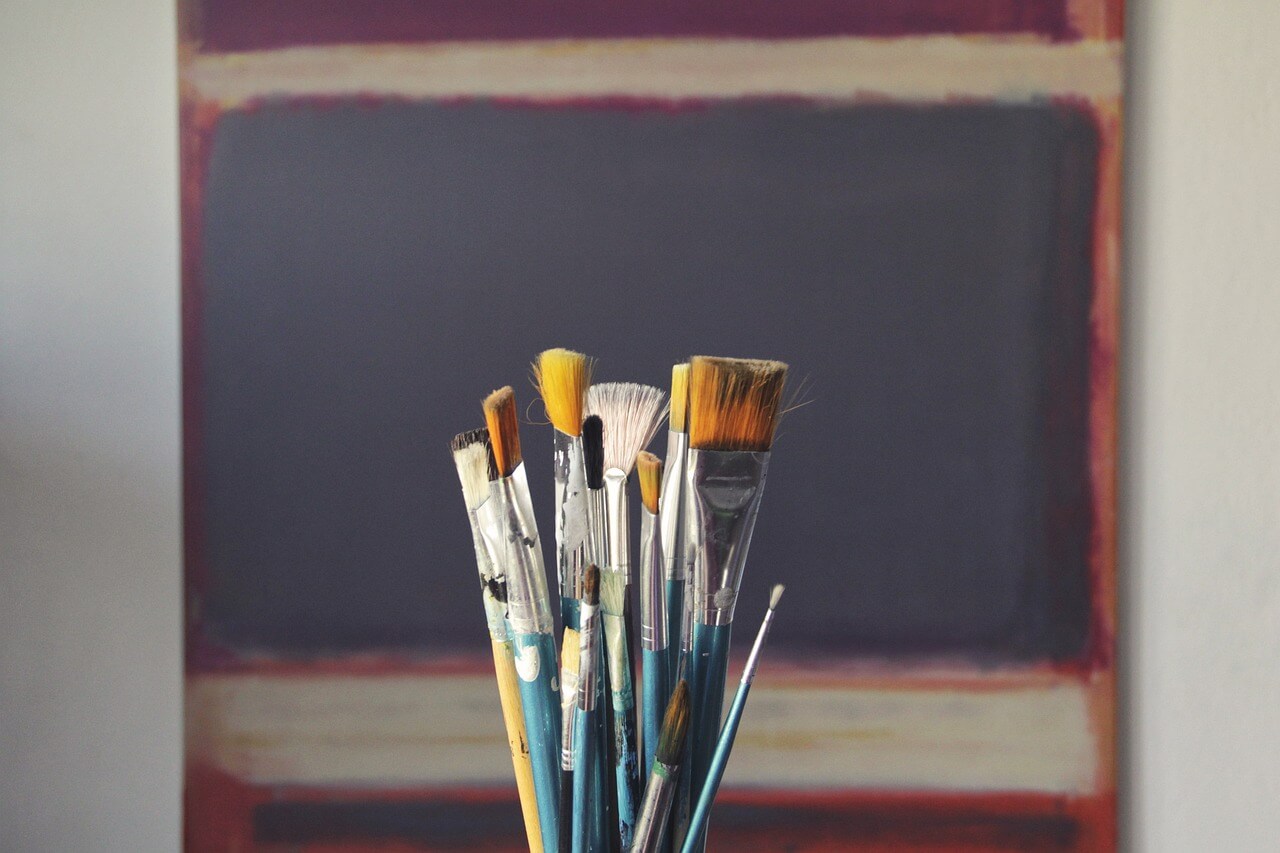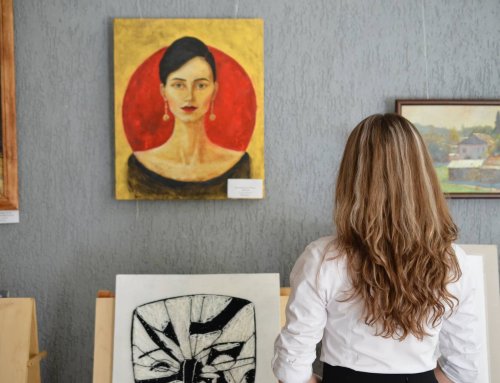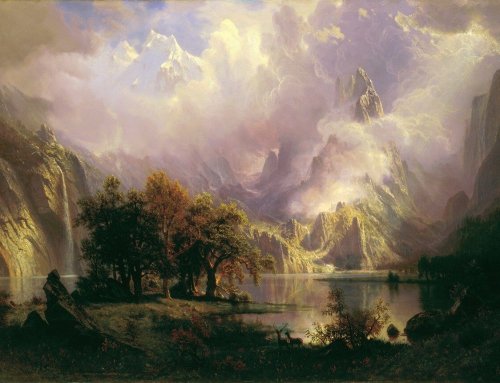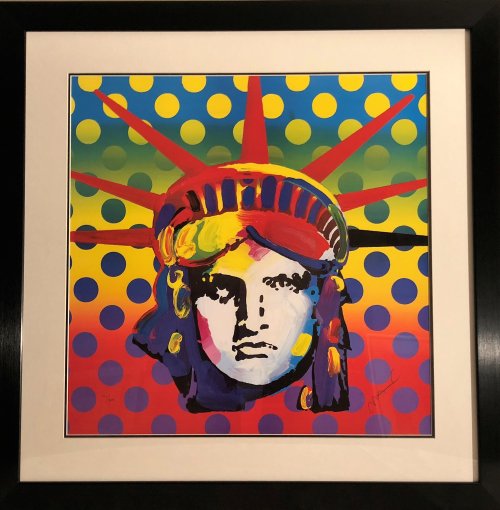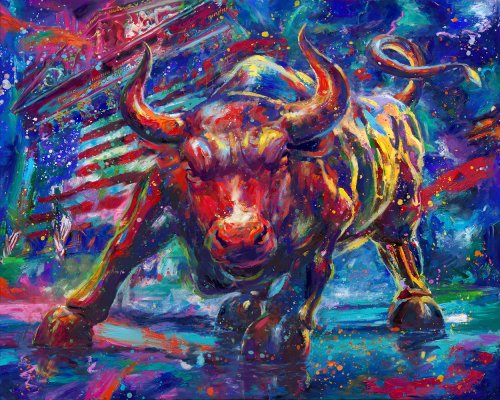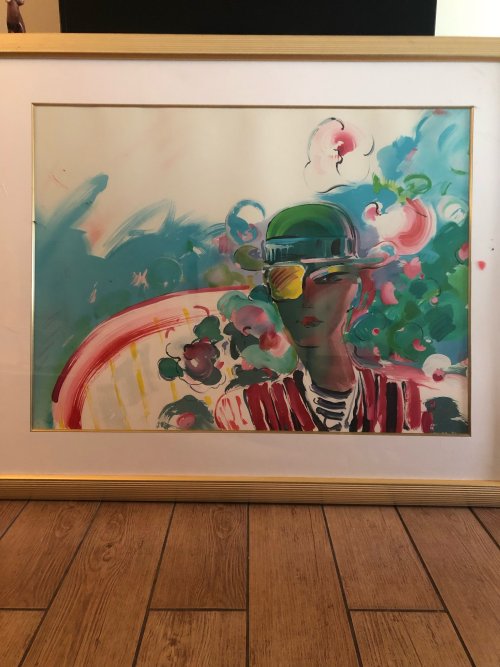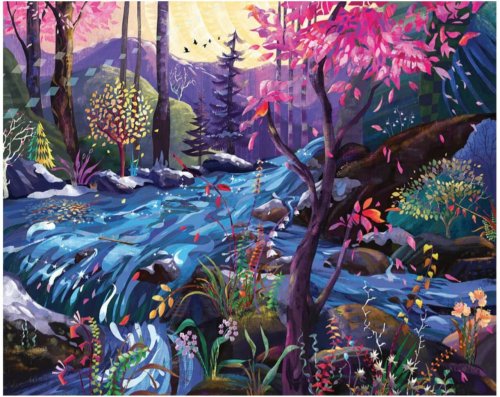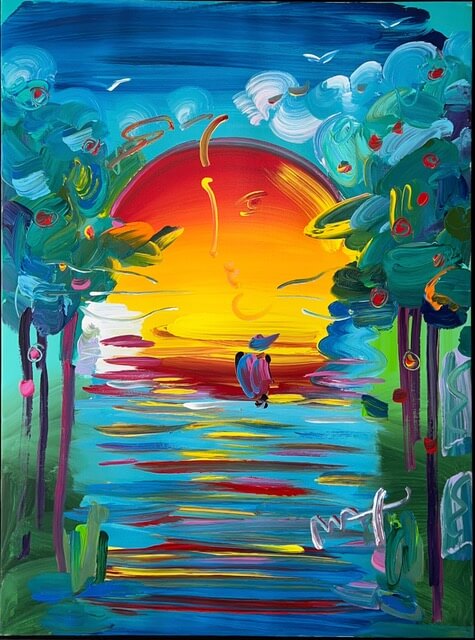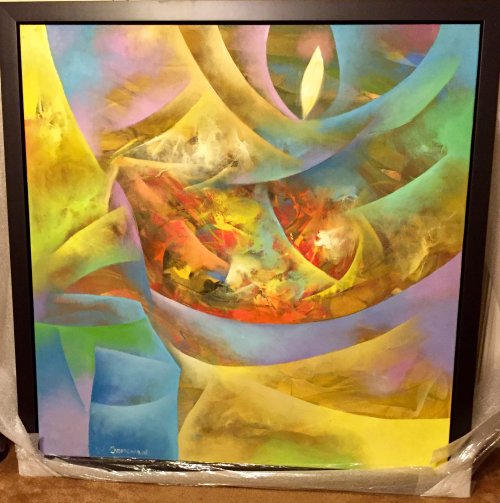Arts education has been an integral part of school systems for centuries and its importance in the curriculum continues to be recognized today. Arts educators help students develop a wide range of creative skills and knowledge about the history and changes in the art world. In this blog, we will explore the relationship between art and education.
The Benefits of Art Education
Art education has numerous benefits for students. First and foremost, visual arts and other disciplines including music, performing arts and dance, encourage creativity and self-expression, helping students develop their unique artistic voice.
Additionally, art teachers help students develop critical thinking skills, as students learn to analyze and interpret works of art and learn to appreciate the greatest painters of the past.
Art education classes also provide students with the chance to foster cultural understanding, as students learn about different artistic traditions and styles from around the world. Art is a reflection of life and of the times, studying art is a way to get a deeper perspective and understanding of history.
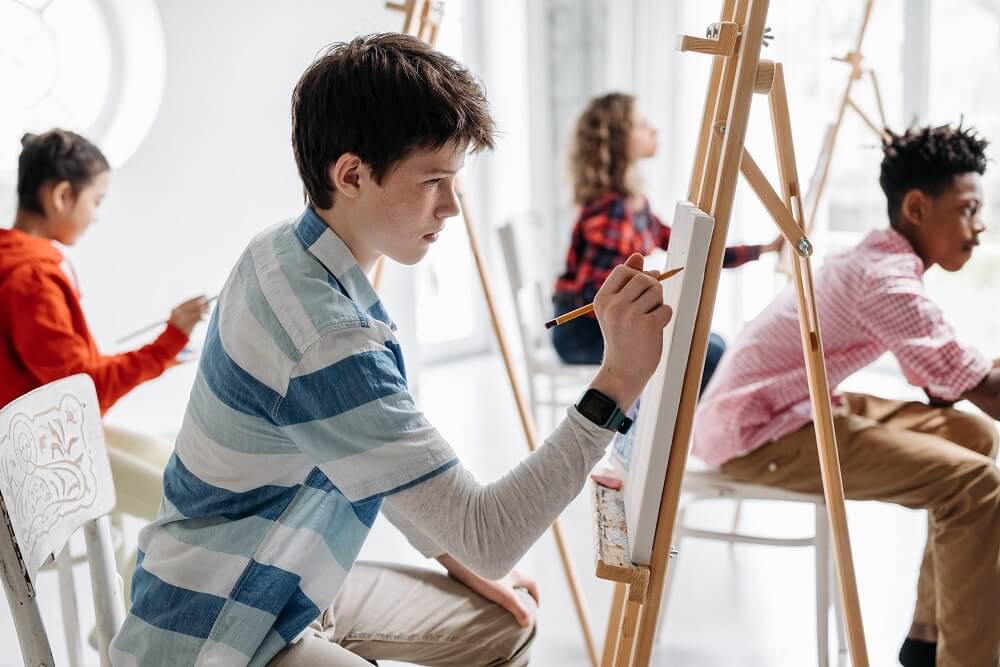
Art Education in Schools
Art education has been a part of school’s curriculum for ages. Today, most schools offer art classes at various levels, to children from elementary school to teens in high school and beyond. In addition to traditional art and painting classes, schools now offer other subjects like graphic design, photography, and other forms of digital media.
An arts integrated curriculum is ideal for students that have creative pursuits and ambitions. Although many people are preoccupied with practicing for standardized tests, the learning process involved with art education and appreciation makes a valuable contribution to overall academic performance, even if it can’t be easily quantified.
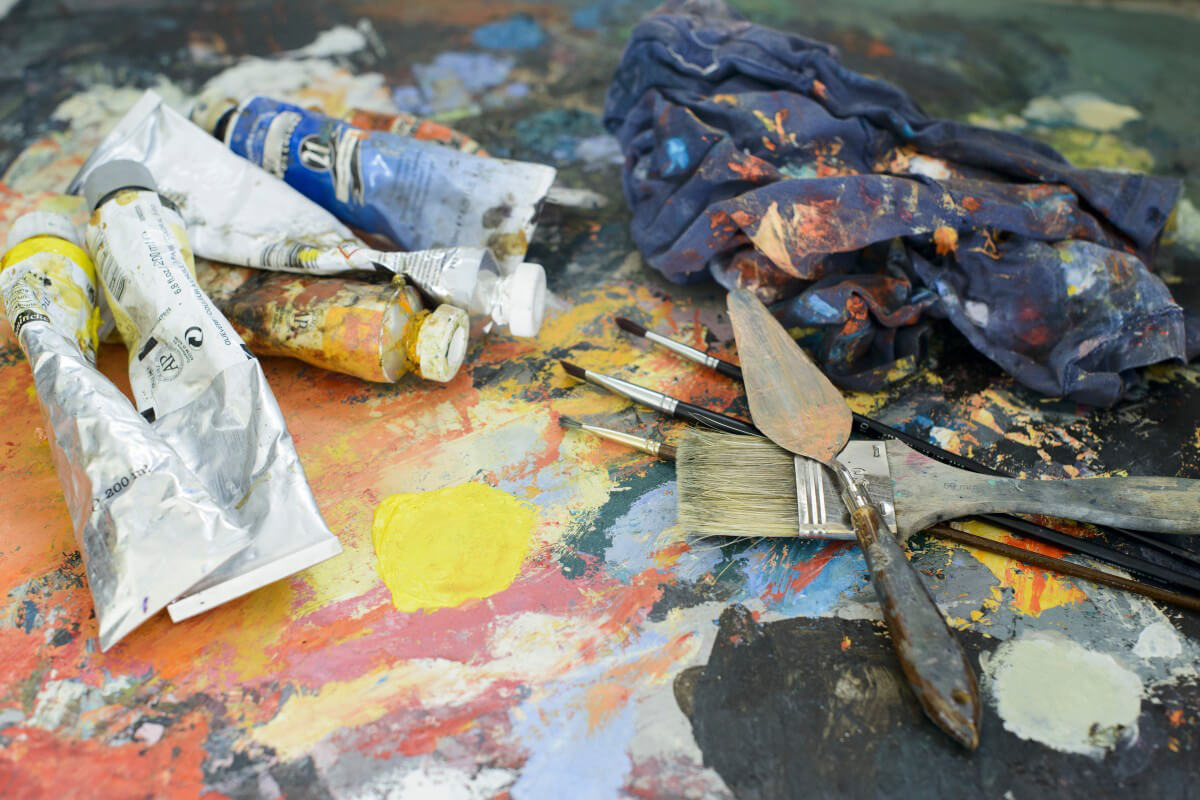
Reasons Why Art Education is so Important
Art education holds immense value in shaping our understanding of the world and nurturing our creative capabilities. By delving into various forms of artistic expression, we unravel different perspectives, ideas, and emotions that broaden our horizons beyond daily experiences.
Through art, we learn not only to express ourselves more authentically, but also to empathize with others and appreciate cultural diversity. Art education has the power to spark curiosity and stimulate innovation, which are indispensable qualities for unlocking our full potential and contributing positively to society.
Develops Creativity & Creative Thinking
Art education helps individuals develop their creativity and imagination. By exploring different art forms and techniques, students are encouraged to think outside the box and find new ways of expressing themselves.
Looking at Picasso, Miro and Rothko’s paintings you see how artistic expression can differ but still be beautiful and inspiring. Creativity is a highly valued skill and can be applied to many aspects of life, from problem-solving in the workplace to finding new ways to express oneself within one’s art as well as in personal relationships.
Develops Critical Thinking Skills
Through the process of creating art, students learn to evaluate their work and make decisions about how to improve it. They also learn to analyze the work of other artists and understand the cultural, historical and social contexts in which it was created. These skills are essential in many areas of life and professions where being able to analyze and evaluate information is critical.
Helps Develop Empathy
Arts learning can promote empathy and understanding. By studying different cultures and perspectives through art and music classes, students are exposed to different ways of seeing and hearing the world. This can help them develop a deeper understanding of how different cultures see the world and their history. Empathy is also great for developing leadership skills and social development.
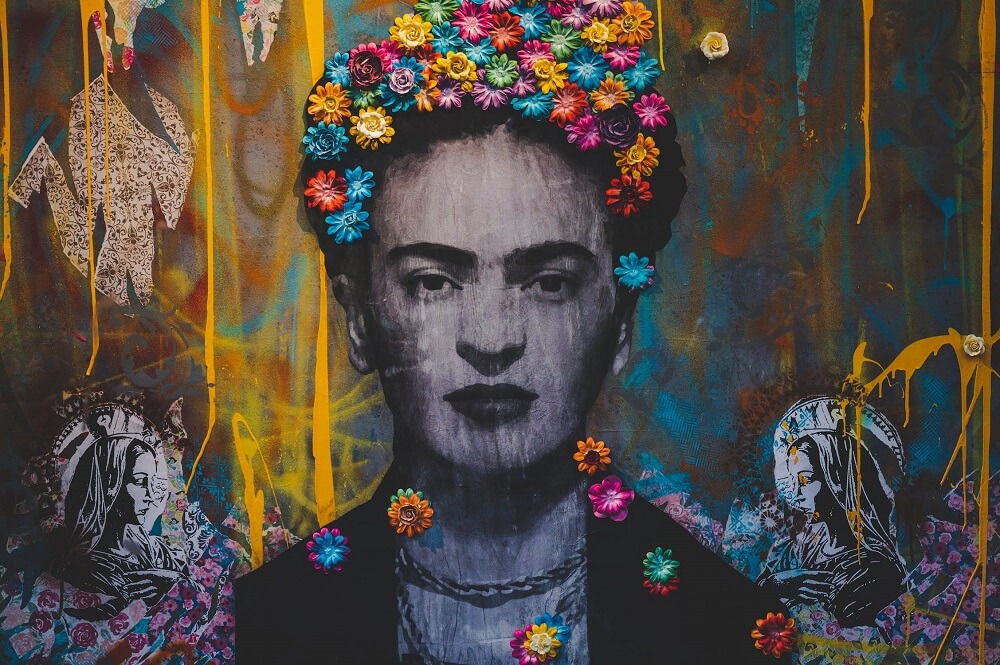
Major Artists: Formal Art Education & Self Taught
Many major artists have had formal art education, while others were self-taught. Here are a few examples of each:
Artists who received formal art education:
- Vincent van Gogh attended the Académie Royale des Beaux-Arts in Brussels
- Pablo Picasso received art instruction as a student of the Royal Academy of San Fernando in Madrid
- Leonardo da Vinci trained as an apprentice in the workshop of Andrea del Verrocchio in Florence
- Frida Kahlo as a student was involved in arts related activities while she studied at the National Preparatory School in Mexico City and later at the National School of Fine Arts in Mexico
- Claude Monet’s academic achievement involved studying visual art at the Académie Suisse in Paris
Many famous artist were self-taught:
- Henri Rousseau worked as a customs officer and made paintings in his spare time, never received formal training
- Paul Cézanne received some informal guidance from other artists, but largely taught himself through observation and experimentation
- Jean-Michel Basquiat dropped out of high school and was largely self-taught, developing his style through graffiti and street art
- Edward Hopper attended art school for art instruction briefly but left due to a lack of interest in the academic approach and developed his style on his own
- Vincent van Gogh received some formal art education but was largely self-taught and developed his unique style through experimentation
Art Education, Art & Newport Brushstrokes
Researchers worldwide can attest to the fact that an arts education can be a wonderful part of a well-rounded education. It offers numerous benefits, including fostering creativity, critical thinking, and cultural understanding. Art education helps students develop important life skills and provides a means of self-expression. When art education works best it encourages students to explore their own unique artistic talents.
At Newport Brushstrokes Fine Art, you can delve into the fascinating world of art and culture by exploring our “W.H.A.T.” World Heritage Art Treasury.
As you embark on this educational journey, you’ll be captivated by the rich and intricate tapestry of human creativity. Discover the timeless beauty of classical art or immerse yourself in the innovative brilliance of modern creations, unlocking new perspectives and insights into the myriad forms of artistic expression.
With each artwork acting as a historical and cultural window, the “W.H.A.T.” World Heritage Art Treasury ensures an unforgettable and enlightening experience for art enthusiasts and history buffs alike.

